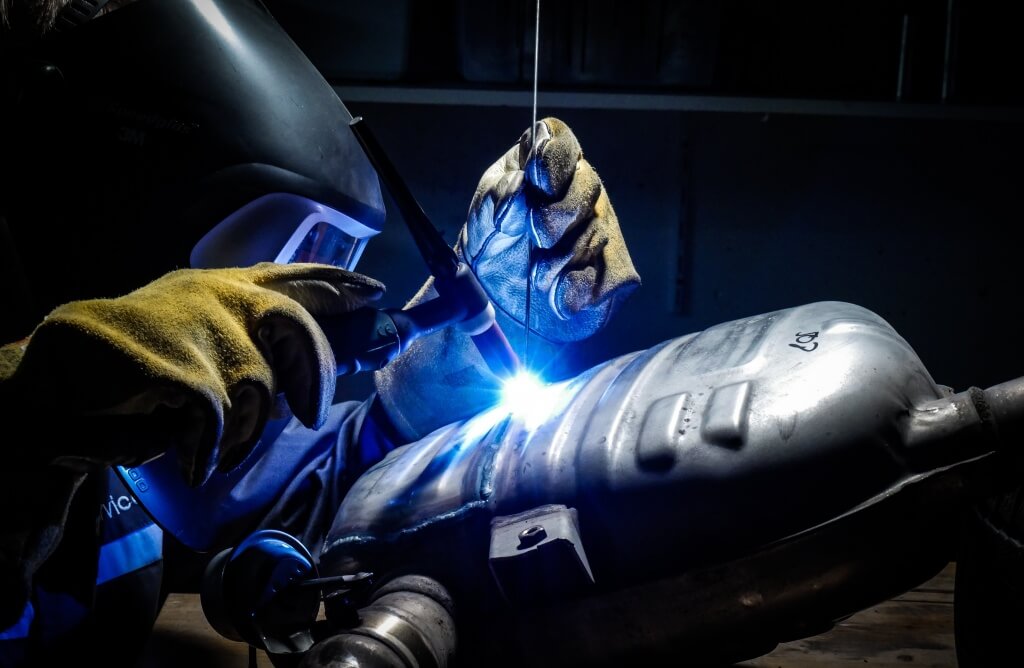There are a huge variety of resources available that approach issues associated with calculating welding times. Calculating this would naturally be time-consuming if you had to re-calculate the basics for every estimate you need to do.
Hence, most businesses will have some kind of automated estimating system. There are a number of generalized commercial estimating packages available that can be used for almost any type of welding work. The downfall of the majority of these generalized estimating systems is that the methodology for calculating the costs and times are not included in enough detail. In this situation, calculating welding times are typically included in more specialized estimating applications that focus on the welding operation.
Therefore, many businesses have a combination of commercial estimating packages, combined with a selection of spreadsheets to provide some inputs to the commercial estimating package. Obviously, some businesses just use a selection of spreadsheets to do their estimates. This is especially the case for smaller businesses who do not have the means to take advantage of such commercial packages.
If you need to calculate welding times from scratch, there are steps you can take to help you. Read on to find out what these steps are:
- You will need to calculate the volume of weld metal to be deposited. This is essentially based on the weld preparation and the length of weld.
- You need to calculate the mass of weld metal that needs to be deposited, based on the density of the particular material that you are working with.
- Apply a “recovery factor” to the weld mass calculated in order to estimate the total amount of welding consumable required. However, something to remember is that some of the consumable will be wasted and will not end up in the join.
- You will need to calculate the time it would take to deposit the necessary mass of weld metal, based on a deposition rate for the particular welding process that you will be using. This value assumes a 100% “arc on” time.
- Apply an “arc on factor” to take account of the fact that no one ever welds 100% of the time. There will be times when you need to remove a stub and replace with another electrode, or perform some grinding or other cleaning between weld runs etc. Of course, this factor won’t be the same for each welder, but you can start with a typical industry-accepted value, and refine this for your particular business or project.
- This will now tell you how many “man hours” it will take to complete the job.
- Based on the “man hours” calculated, you should now be able to estimate the length of time it will take to complete the job, by deciding how many welders will be welding at the same time.
At PCES we have one of the most comprehensive ranges of welding supplies and associated welding machinery in the industry. Widely known throughout the UK as a leading stockist and distributor of welding equipment and consumables, PCES are also specialists in welding machine repair, servicing, calibration / validation and hire. As a quality approved company (BSEN IS0 9001:2000) our customers know they can rely on us as their preferred supplier for all welding equipment, consumables and associated products.
For more information on our welding products and services you can visit our website at https://pces.uk.com/ or you can call us on 01902 712525.
